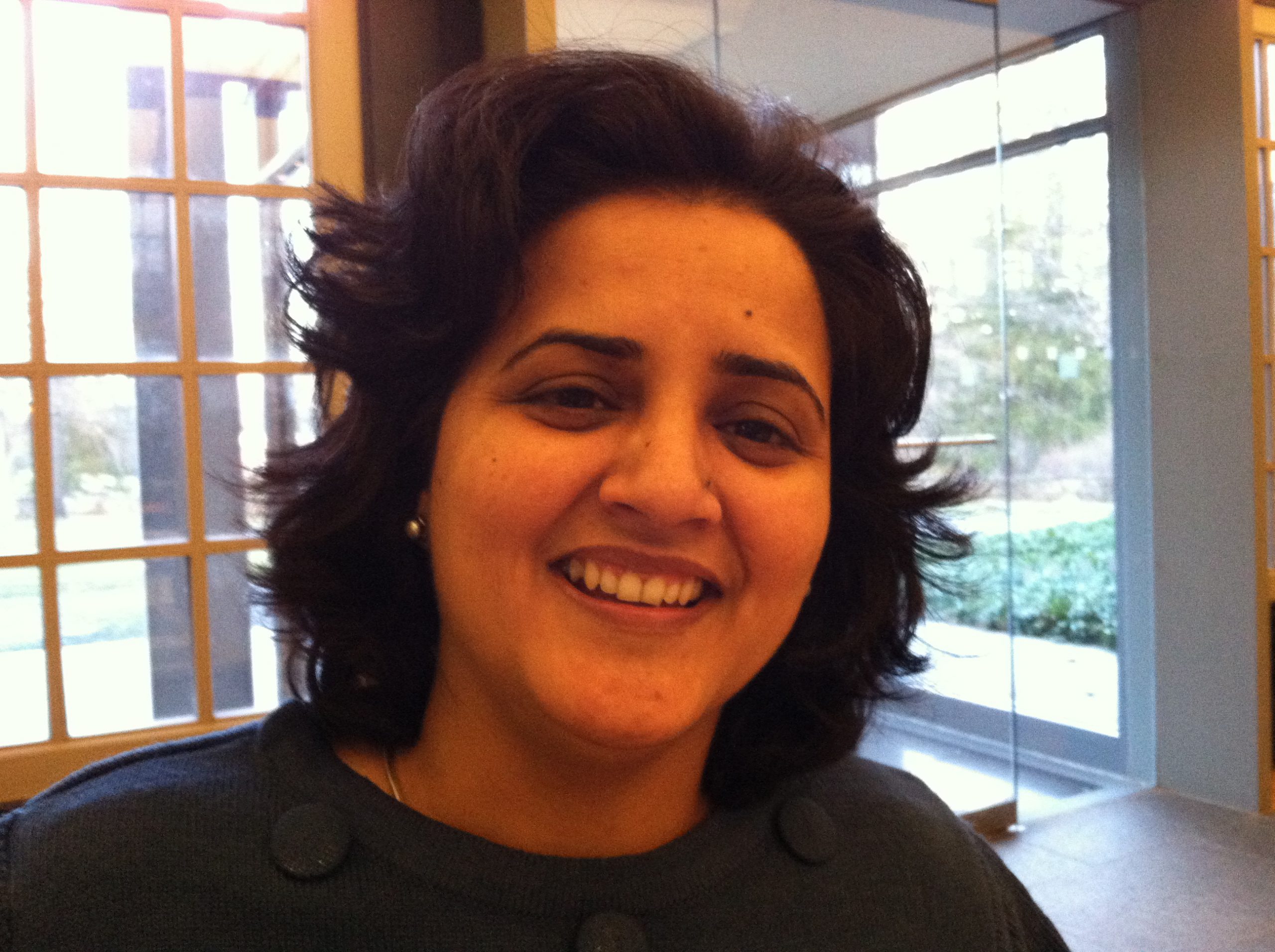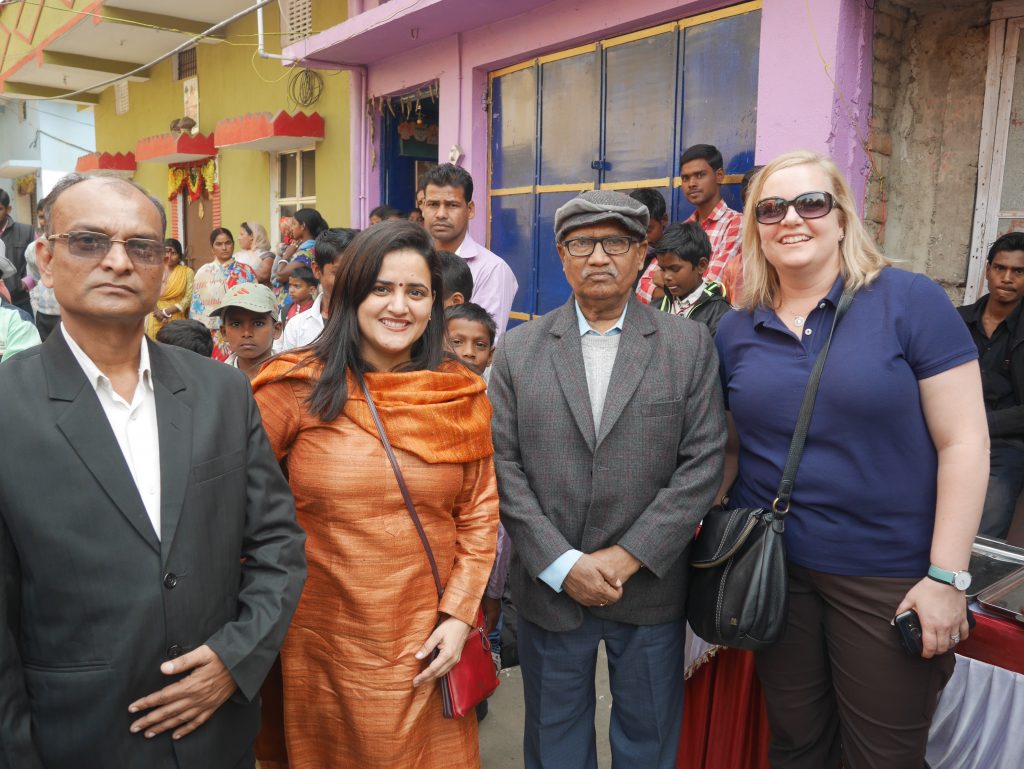
In a country as large and diverse as India, Promila Sharma understands the value in bringing people together, even if they are on opposing sides of an argument.
“I love the collaborative approach Pure Earth uses to tackle issues,” says Sharma, Pure Earth’s India coordinator, “where we can get the polluter, the community, NGOs and government officials all sitting together talking about the problem and setting aside contradictions. This is one of our strengths.”

Pure Earth’s Promila Sharma using an XRF to test the ground for toxins.
Sharma has witnessed the magic of these collaborative meetings working again and again. “There’s always initial inhibition,” says Sharma. But then the barriers slowly break down.
Sharma remembers one meeting in which she was literally scolded for working for a foreign organization and told to stay away. The very same group that chastised her would later submit a proposal for them to work together again on a new project.
Since joining Pure Earth in 2005, Sharma has identified and assessed some 37 polluted sites across India and managed numerous projects, including Pure Earth’s innovative program in Muthia village using earthworms to clean contaminated soil.
“India is growing rapidly and we are working to find a balance between economics and the environment to maintain the sustainability of this growth,” says Sharma.
When not fighting pollution, Sharma spends time with her son, who loves to visit her at Pure Earth’s office in New Delhi. She also squeezes in time for Indian folk music and dancing, and pottery.

Promila, 2nd from left, attend a community celebration of a lead cleanup in Bihar.





